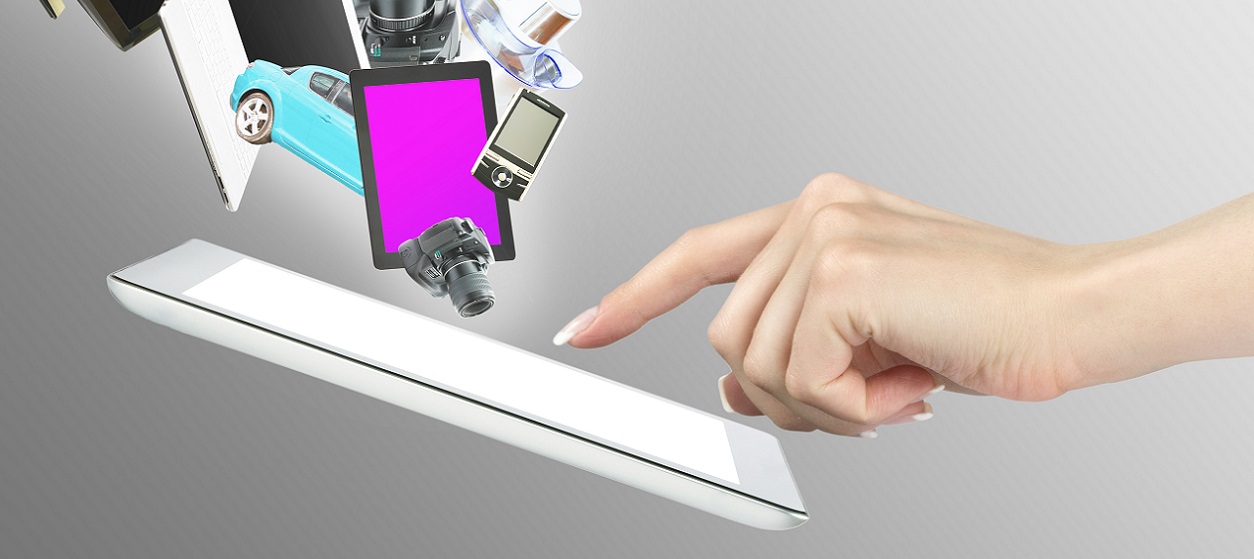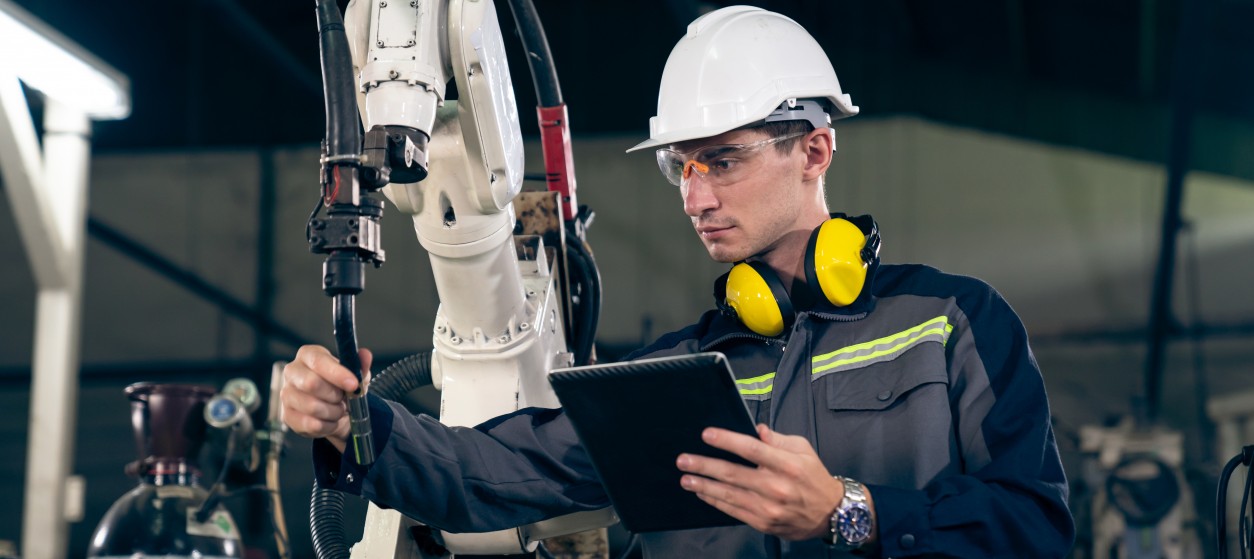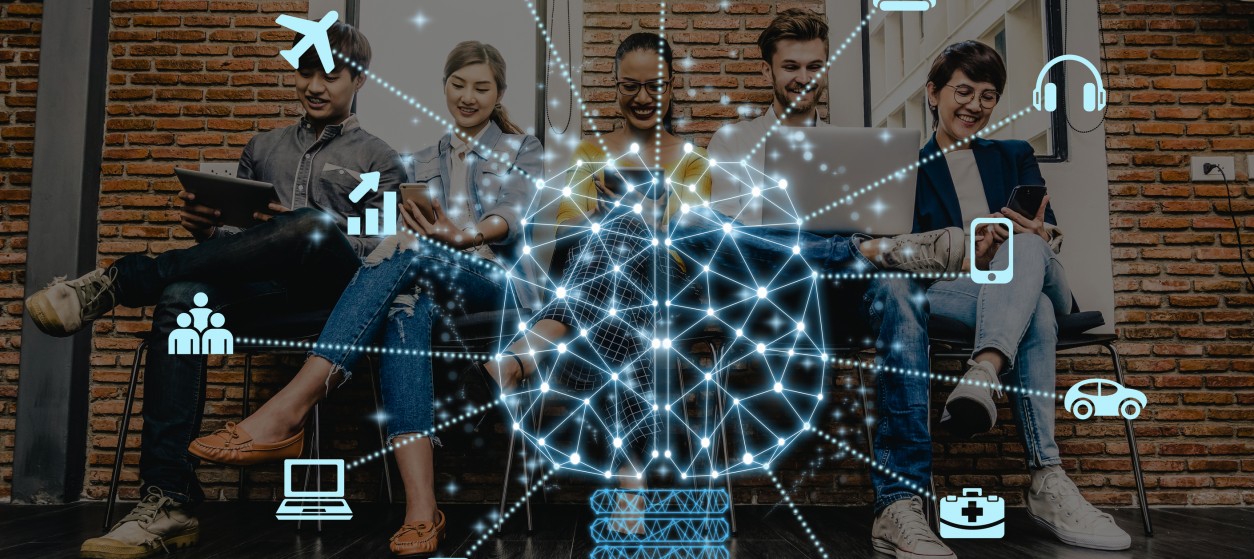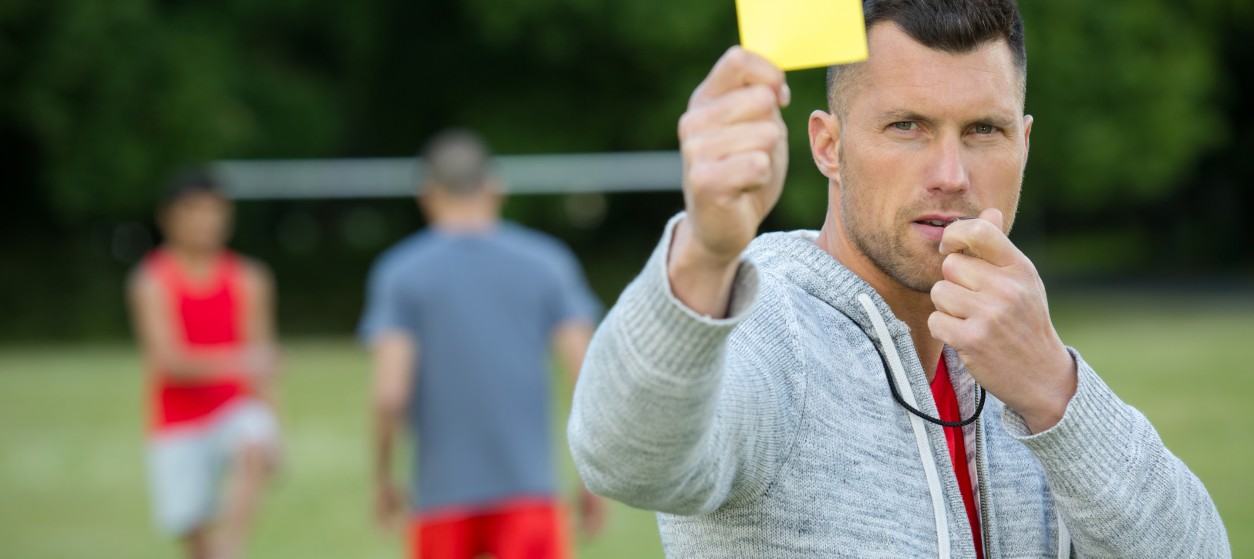Two decades ago popular films like “The Matrix” starring Keanu Reeves and Sandra Bullock’s “The Net” have tried to portrait, what the emerging digital reality would look like. They depicted how humans and sentient machines could live a simulated digital reality, including dangers and risks associated with the digital world. While most of these science fiction predictions have not been turned into reality, people live digital lifestyles and “digital realities” which form an essential part of their everyday lives. A great deal of our commercial transactions are digital, as are also our interactions with friends and family. Likewise, we use a great number of apps for leisure and infotainment.
A typical day of your “digital life”
During any given day, a person with a digital lifestyle will take advantage of many applications, devices and appliances, which will boost his/her interactions and transactions in the digital world. Some prominent examples in different areas follow:
- Transport and Mobility: Citizens use a variety of digital applications that help them reach their destination in a fast, convenient and cost-effective way. From Uber and taxi apps, to Google Maps and Intelligent Transportation Systems (ITS), IT applications and the mobile internet have disrupted the way we commute or move throughout our cities. The puzzle will be soon completed with novel forms of transport such as connected cars and self-driving vehicles, which are already available yet expected to penetrate our lives after 2020.
- Working: The vast majority of white collar works are performed based on computers and digital tools. Marketers, engineers, architects, sales people, middle managers and C-suite executives rely on desktop and tablet computers not only for their day to day tasks, but also for their decision making. All digital professions (e.g., digital marketing, data analysts and BigData experts) are on the rise, actually surpassing all traditional professions in terms of demand.
- Fitness and Lifestyle Management: Smartphones and smart watches (such as iWatch or Garmin watches) are becoming our perfect companions during fitness programs, while at the same time providing us with lifestyle and nutrition recommendations. When using fitness management apps, your daily, weekly and monthly physical activity is likely to be stored in a cloud, giving rise to a disciplined managementyou’re your athletic performance and lifestyle.
- Ambient Assisted Living & Healthcare: Elderly, disabled and other special groups take advantage of applications that support them in their everyday tasks, but also in managing their diseases and living more and better without support from a carer. Along with a wide range of healthcare apps, a number of disruptive innovations are emerging in this space, such as the Tricorder X (named after Star Treck’s Tricorder device), which is a portable, wireless, handheld device that monitors and diagnoses your health conditions. Tricorder is destined to provide individuals with greater and better choices about when, where, and how they receive care.
All these applications keep track of our activities and behavior throughout the day, while being able to create and maintain our digital profile in the respective application areas. Apart from the listed applications, humans are everyday users of popular social media platforms such as Facebook, Twitter, LinkedIN and Instagram, which they use for their personal and professional interactions. With over two billion users, Facebook is probably the highest populated community on the planet. It’s worth noting that over 1 billion Facebook users are active, as they log in to the platform on a daily basis. Facebook and the rest social media platforms are also able to develop and keep track of a human’s digital profile, which in most cases comprises more detailed information than our application-specific profiles.
Synchronizing the Real and Virtual Worlds
Our rich set of activities in the digital world enables a parallel digital reality, which is stored and processed as part of different applications, platforms and ecosystems. This digital reality is crossing with our physical reality, as our digital transactions and interactions reflect to artifacts in the real world. Likewise, digital information is used to drive our real-world activities such as for example healthcare or transport decisions. At the same time, several of our activities in the physical world (e.g., our face-to-face meetings or a dinner at a restaurant) are also recorded and reflected in the digital world (e.g., through calendar apps or check-ins in social media platforms).
Overall, there are cases where activities in the real world have their counter representations in the digital world and vice versa. This gives rise to the idea of modelling and maintaining a digital model of our activities, which will represent a “mini-world” associated with our life. This digital model could remain synchronized to their real world i.e. changes to our real-world status will be reflect to the digital model and vice versa. The idea of such a synchronized representation has its roots in the fourth industrial revolution (Industry 4.0), where all real world items (e.g., machines, sensors, devices, robots) and their interactions have a faithful synchronized digital representation.
Similar to Industry 4.0, the synchronization of our digital reality with our real-life activities opens up opportunities for managing our lives digitally, bringing the benefits of fast and accurate processing to our decisions and actions. For instance, this would permit the development of “DigitalMe”, our digital shadow that could continually provide us with useful information and advice taking into account our context and preferences.
Towards this vision, there is certainly a need for consolidating digital information, which is currently fragmented across many different digital platforms, social media platforms and related ecosystems. This is to some extend attempted by several platform providers, which unify personal information that flows through apps that are managed in their ecosystems. Google, Microsoft and Apple represent some prominent examples of large ecosystems that provide us with consolidated information about our interactions with them. For example, Google consolidates information from Gmail, Google+, YouTube and other applications that it provides in its ecosystem.
To a lesser extend it is nowadays possible to consolidate information spanning multiple and diverse ecosystems. Some early efforts can be found in the case of social media platforms based on applications that integrate information from multiple accounts in different platforms. As an example, Feedient enables the consolidation of different social media feeds (including Twitter, Facebook, Instagram, YouTube, and Tumblr) in a single feed, which it presents in a scrollable dashboard. Similarly, the Fuse mobile application is able to aggregate a users’ social networking activity into a single “fused” feed, which can be processed in a unified fashion i.e. as if it was coming from a single platform. These applications demonstrate the unification concept, yet they are far from providing a consolidated digital reality for a human user. The latter requires much more sophisticated processing over integrated data, such as social network analysis processing performed by tools like socilab.
Challenges and Risks
While we are still far from developing the synchronized digital reality of a human being, the underlying technologies (e.g., IoT, BigData, AI) are already here and developing in a rapid pace. Nevertheless, one has to consider the non-technological barriers as well, such as:
- Privacy: The collection and consolidation of our personal information entails privacy risks, as all essential information about us becomes available through a single entry point. Hence, common security vulnerabilities (e.g., Identify theft) could have a catastrophic effect on our lives.
- Cyber-security: The “DigitalMe” idea would make humans much more vulnerable to cyber-security threats, mainly in terms of potential damage.
- Information abuse by computers: As AI is penetrating computing systems our digital shadow could become exploitable by malicious computing systems.
- “Digital Divide”: “DigitalMe” would make computer literate citizens much more privileged than illiterate ones. While this is also true nowadays, the idea of “DigitalMe” could substantially widen this gap. Therefore, new social contracts avoiding exclusion are needed before putting the idea into effect.
Sooner or later the era of “digital” human beings will be materialized. However, the exact form of this digitalization remains to be seen.









